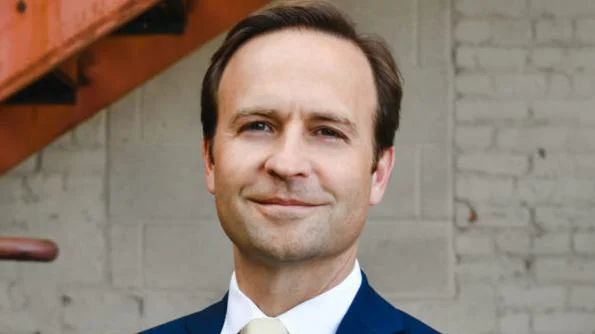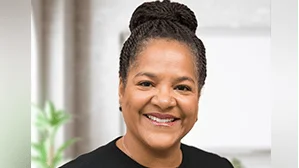Brian Calley President and Chief Executive Officer at Small Business Association of Michigan | Official website
Brian Calley President and Chief Executive Officer at Small Business Association of Michigan | Official website
We’ve all been in a meeting where a leader asks a question, and silence follows. This scenario is familiar in many workplaces, but the way it is handled can significantly affect team morale and psychological safety. Simon Sinek’s podcast series, "A Spark of Optimism!", recently offered insights into how silence can be beneficial.
When meetings become stagnant, leaders may feel frustrated and tempted to call on individuals randomly to revive the discussion. However, communications expert Elisabeth Cardiello advises against this impulse.
“Calling on people can feel like a throwback to school days,” says Cardiello. “It’s reminiscent of being asked to solve a problem in front of the class when you’re unsure of the answer. This creates unnecessary anxiety.”
This approach can harm team members’ confidence and increase stress, thereby reducing trust and safety within the group. Leaders aiming for engagement might inadvertently damage team cohesion.
Cardiello suggests that instead of reverting to classroom-style tactics during pauses, leaders should embrace these moments for reflection. Silence often means people are processing information or considering their contributions. Allowing time for thought can lead to more insightful responses.
For virtual meetings, Cardiello recommends a “popcorn style” approach where participants volunteer to speak without being prompted. “Whoever wants to share first unmutes themselves and speaks. Once they’re done, they re-mute, and the next person can jump in,” she explains. This encourages voluntary participation and creates a natural flow of conversation.
This method avoids pressuring anyone to speak prematurely and fosters an environment where contributions are made at each individual's pace.
The next time you face silence while leading a meeting, see it as an opportunity for reflection rather than something to rush through. More meaningful answers might emerge when someone is ready to speak up.
By Mary E. Corrado, courtesy of SBAM-approved partner, ASE.




 Alerts Sign-up
Alerts Sign-up